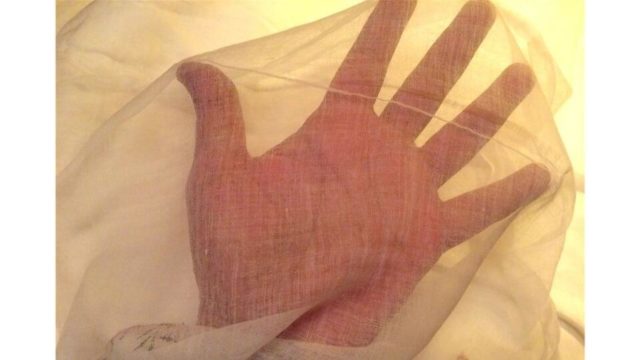Scammers do their homework and use a variety of techniques, including flattery and emotional manipulation, to draw you in writes Lance Fredericks
HAS ANYONE noticed that successful swindles are not complete lies, they are based on at least a morsel of truth.
These days especially, with the rise in online scams – phishing, smishing and those dating and romance scams – people have become more wary, alert and less inclined to fall for a smooth-tongued trickster.
So fraudsters have to up their game, change their angles and adapt their strategy so as to hook their victims … After all, even skelms believe they are making a ‘legitimate’ income doing what they do. At least that’s what they tell themselves.
But as I said earlier, some elaborate scams have crumbs of truth. Take the story of the emperor’s new clothes, an old favourite fairytale by Hans Christian Anderson published in the 1830s.
You know how the story goes; an emperor who is ‘besotted’ with his wardrobe is taken in by a pair of scoundrels who claim to be able to make the world’s finest fabric and with it the most elaborate, unique garment for the monarch for an upcoming procession.
They tell him that they need the finest gold thread and other expensive yarn along with a private place to work. Of course they pocket the gold thread and silk yarn and set up empty looms, pretending to weave this new, delicate fabric. They say that one quality of this fabric is that only those who are completely honest and worthy of their position in society are able to see the material.
Long story short, at the end, the emperor himself, unable to see the fabric but afraid of being exposed as unworthy of his rank, is delighted with the results of the labour of the scoundrel-weavers. So with invisible thread in their needles, and scissors cutting invisible fabric the processional garment is prepared and the emperor walks out in public in the buff … and all his ‘worthy’ subjects express their delight with the best garment the world has never seen.
And we all know how this story ends … However, not many know how the story begins.
Apparently the emperor and his advisers were not complete idiots. At the time that the story was set, probably in the 17th or 18th century, a material actually existed that, according to researchers “was so light it was known as ‘woven air’.”
This material was so thin and sheer that those who wore it were sometimes accused of indecency and it was so complicated to produce that the knowledge of how to make it is a forgotten art.
The fabric, Dhaka muslin, was a favourite of royalty – apparently Marie Antoinette and Napoleon Bonaparte’s beloved Josehine loved Dhaka muslin dresses and gowns.
Here’s something else to consider. Today, most muslin fabrics have thread counts, which is the number of crisscrossed threads per square inch, ranging between 40 and 80 threads. The thread counts for Dhaka muslin, however, ranged from 800 to 1,200 per square inch. And bear in mind that there were also complex designs woven into the fabric.
So delicate, intricate and specialised was the manufacture of Dhaka muslin that its production was done in something like 16 stages, and each stage was done by a different village in the region. The weaving process itself was so delicate that only young maidens with delicate fingers and sharp eyesight could do it, seeing as they could best see and handle the threads as fine as spider’s webs.
Then on top of all of this, the fabric was woven on boats at a certain time of the day to preserve humidity which kept the threads from snapping.
It was then that the British East India Company saw an opportunity to make tons of moolah off this rare luxury item. They hired all the weavers they could find and put in massive orders, rushing and pressuring the weavers to work faster, produce more and stock up their warehouses.
But the manufacture of this fabric could not be rushed and the weavers fell behind. The result being that the British East India Company could see their plans of a financial boom going bust. And eventually the industry imploded.
Well, maybe it was not that simple. I read accounts of how the British loaded boats with the cotton plants and seeds – all they could find – and took it to the British Isles, so that the people in Dhaka could not compete with ‘their’ industry. But this was not all; one source says that before they left, they hacked off the fingers of all the weavers, just to make doubly sure they’d eliminated any competition.
In the end, however, the Brits did not have the skill or the patience and could not reproduce the process and as a result, the art and the fabric faded into history.
But let’s get back to where we started, with a friendly reminder and warning that before long tinsel will be hanging in our malls and carols will be playing in our stores, and scammers will also be doing their festive shopping, and your hard-earned nest egg could be on their shopping list.
Remember, scammers do their homework and it’s their job to find information about you to disarm you. They use a variety of techniques, including flattery and emotional manipulation, to draw you in.
As far as possible, don’t allow it. Let your mantra be: Stay safe, stay alert, stay calm and above all keep ‘friendly’ strangers at arm’s length.








